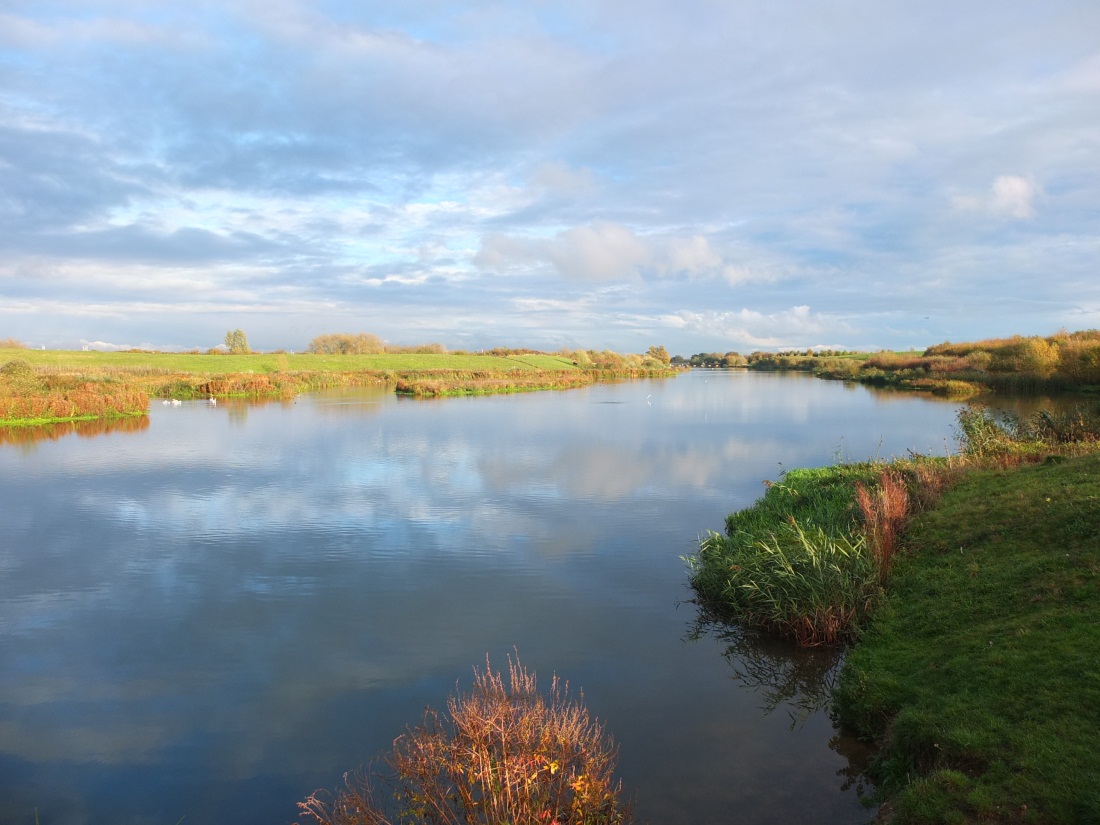
November 14, 2014, by Matt
Fieldwork Week!
Week seven of semester one is Fieldwork Week…
Lectures are put on hold to allow students and staff to get out and undertake fieldwork without interrupting their lecture and practical classes. Last week our students were in Berlin, at the British Geological Survey, and out and about on various reaches and hillsides across the UK; below is a brief outline of some of these trips …
Students on our new Environmental Geoscience degree spent three days in the field; firstly alongside other first year students on the Physical Landscapes of Britain fieldtrip to the Peak District and then on visits designed especially for the Environmental Geoscience degree. The first of these was spent with Dr Colin Waters from the British Geological Survey (who are partnering us in providing this degree) learning how to describe and interpret geological sections; a key skills which is essential not only for academic studies but also careers in a number of industries. Following a trip to see the Mercia Mudstone (dating back to the Triassic period some 200-250 million years ago) near the National Water Sports Centre, the students traveled into the center of Nottingham to visit The Park Tunnel. Built by the Duke of Newcastle in the mid-19th Century to allow horse drawn carriages access to a private hunting park, the tunnel cuts through a long section of Sherwood Sandstone providing an excellent opportunity to understand the landscape and history on which the city lies.
The day culminated in the area around Ye Olde Trip To Jerusalem, an important example of how humans have adapted the local geology to their own needs!
The second day was spent at the headquaters of the BGS in nearby Keyworth. During the visit the students were given a behind the scenes tour of The Survey and met staff who will lead a number of new modules and field trips that have been designed for the 2nd and 3rd years of this degree programme. Following a tour of the Geological walk which squeezes three billion years of the Earth’s history into a 130 m long concourse, Dr James Riding gave a tour of the national core repository which contains over 500 km of cores, samples and cuttings from across the UK and its continental shelf. After visiting the palaeontology and fossil collections, Dr Antoni Milodowski introduced the students to the mineralogy and petrological work carried out at BGS together with a tour of the laboratories (ranging from Scanning Electron Microscope [SEM] to experiment energy and carbon storage facilities) where students may end up working on their own research projects during the course of their studies. The day then culminated with Dr. Jonathan Chambers demonstrating the geophysical/geospatial modelling and visualisation work carried out by BGS and its relevance to understand issues ranging from landslides and other geohazards to hydrogeophysics and contaminant transportation.
Meanwhile our third year River Management and Restoration were visiting Wraysbury to be given a tour of the Jubilee River (see photo above) by Environment Agency experts and discuss the rationale behind the flood alleviation scheme. Students were given a first-hand account of the 2014 Wraysbury floods, followed on the second day by a tour of Wraysbury, led by District and Parish councillors. On the final day, students were given a tour of Shepperton Lock and heard a presentation by the Environment Agency on over 1000 years of river management on the Thames. Students gained insight into discharge regulation, flood control and the public costs of flooding, which will benefit them in their future careers as environmental managers.
Later in the week the River Channel Processes and Dynamics 3rd year students visited Porlock. The students undertook a river survey, including sampling bed material and gauging stream flow and used these findings to predict channel capacity, sediment transport rates and to identify potential management issues. The field course gave the students hands on experience of river channel processes and routine sampling methods, which will be invaluable if they choose a career in this area.
Thanks to George Swann and Matt Johnson for their contributions to this post…
No comments yet, fill out a comment to be the first

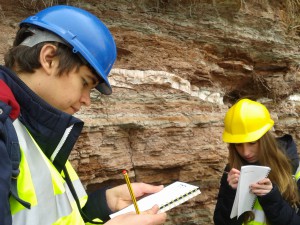
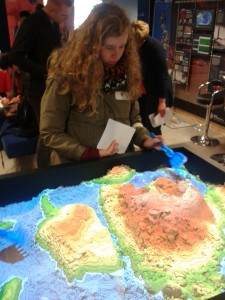
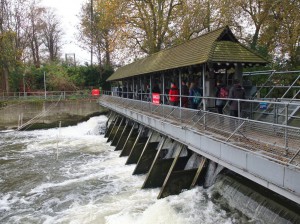
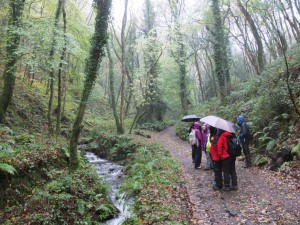
Leave a Reply